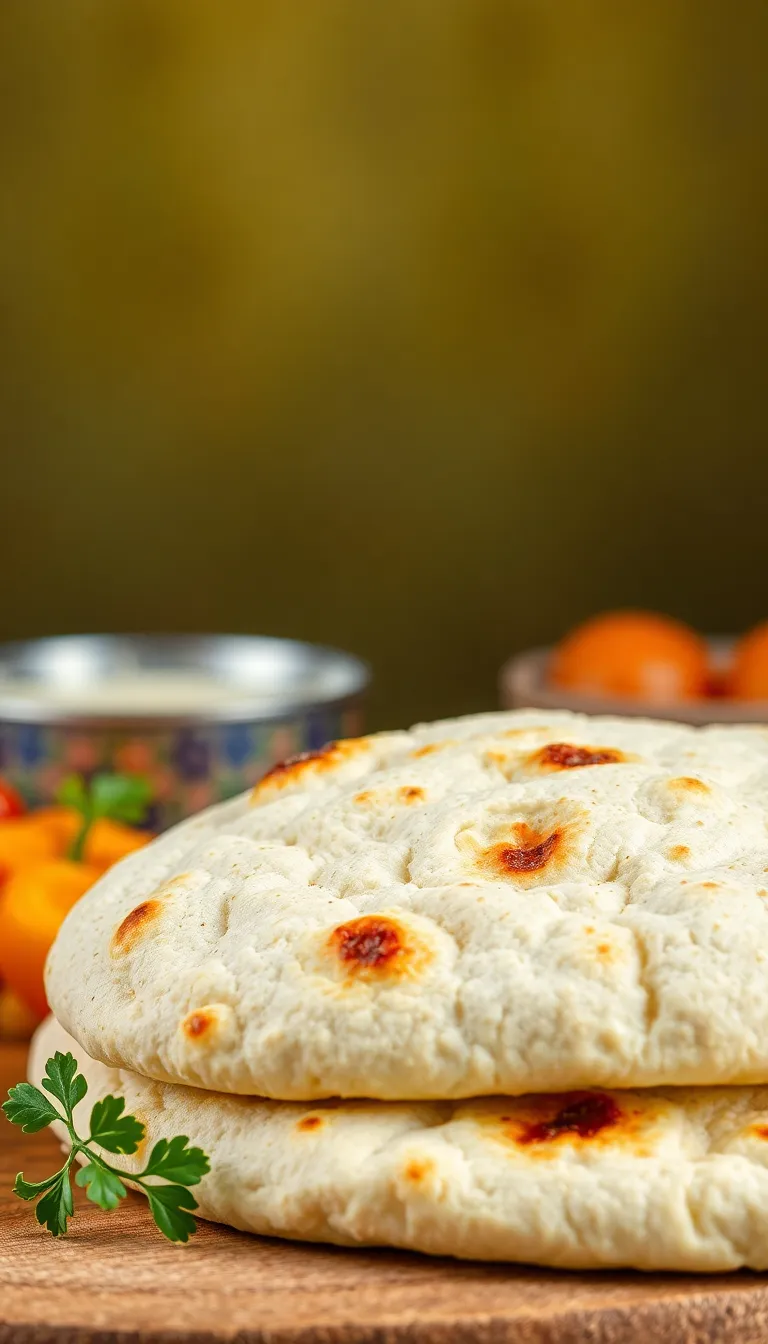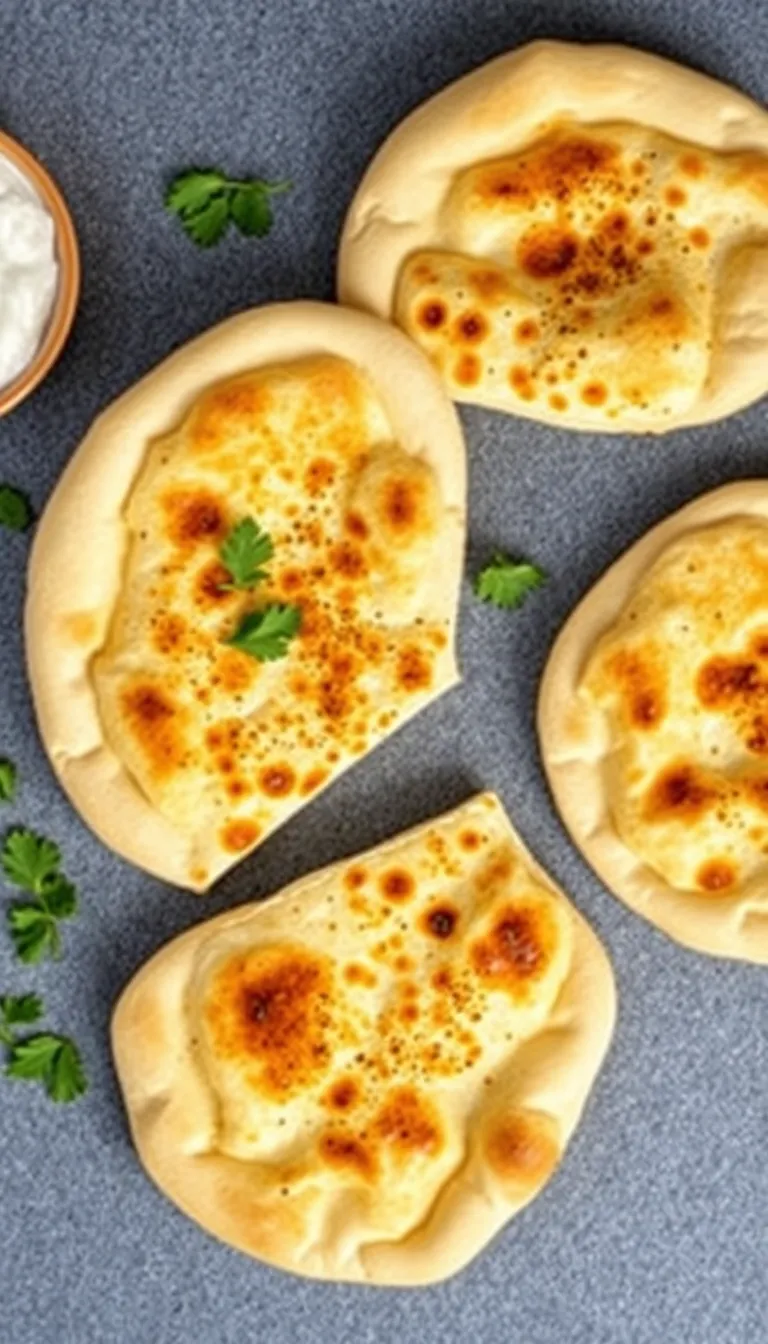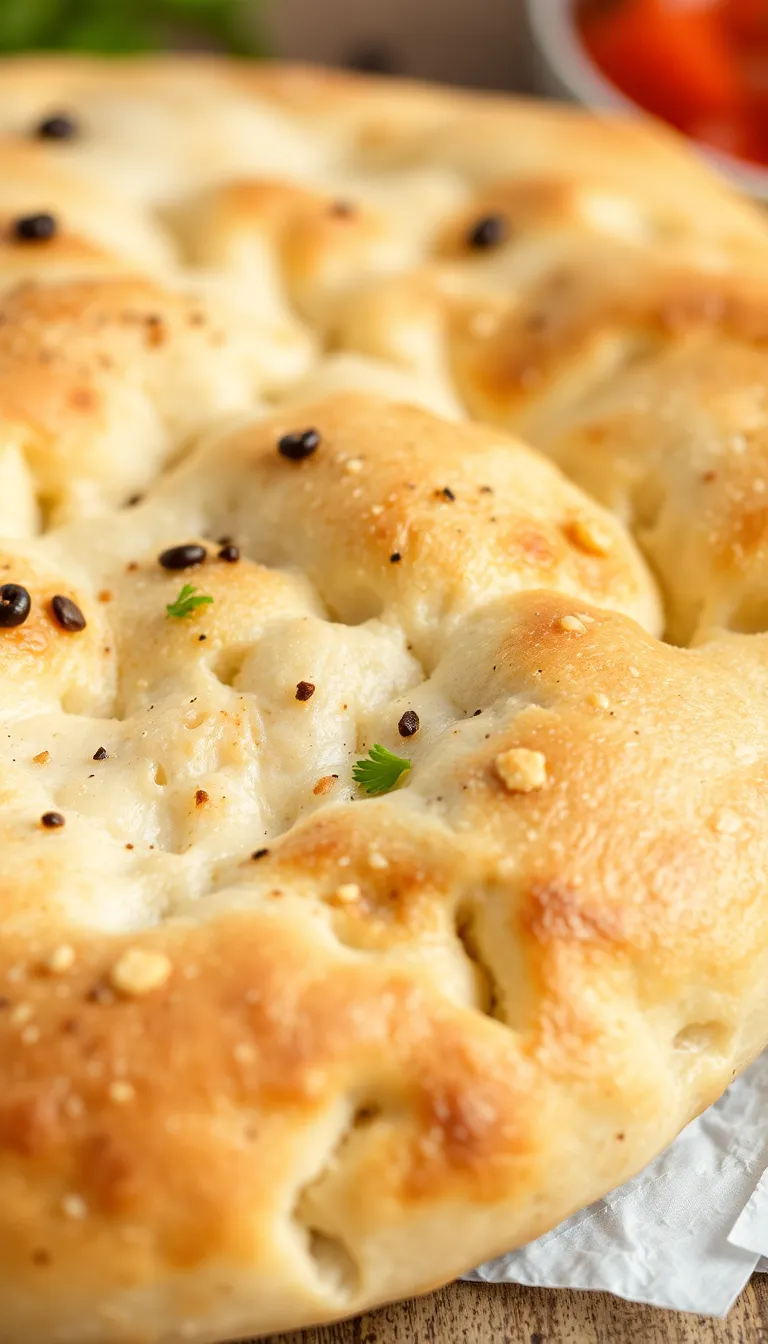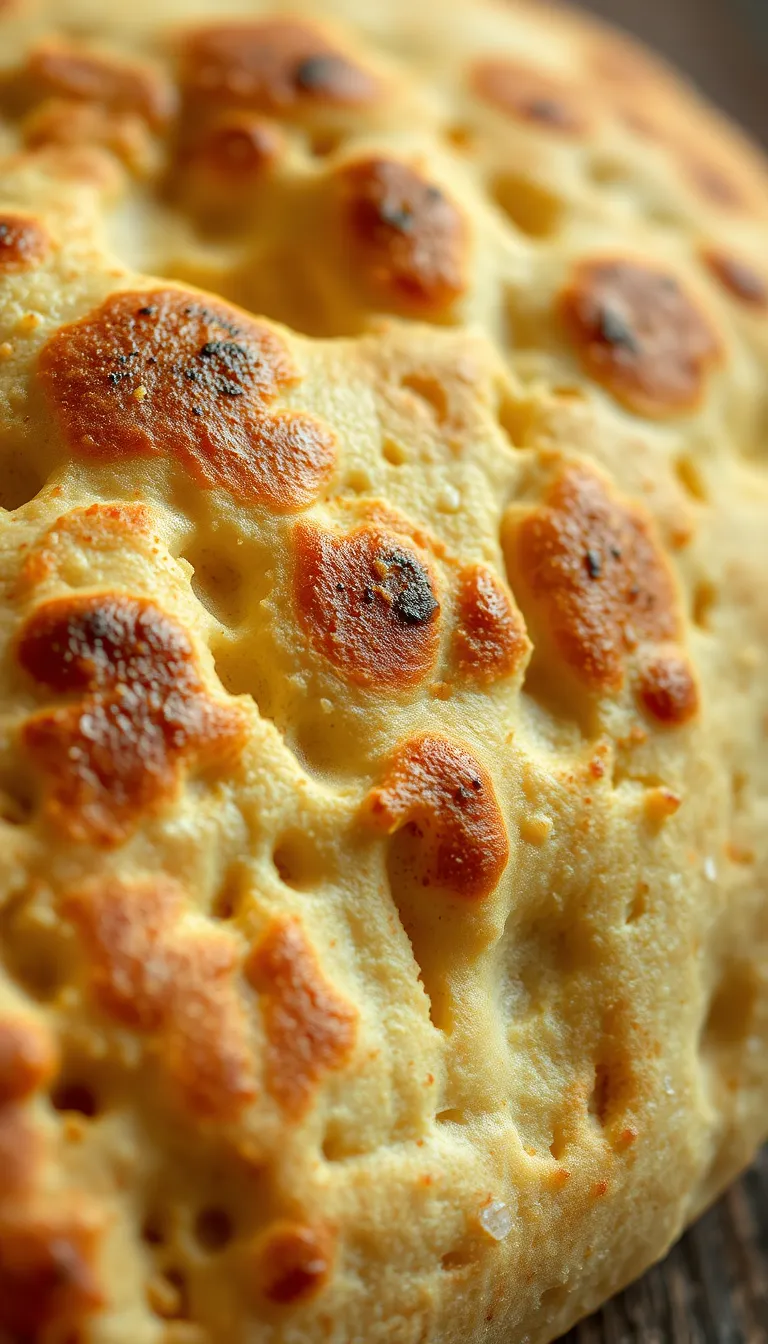Pita Bread Recipe: Fluffy Pockets of Joy You Can Make at Home
You’ve bought pita bread before. It was fine. But what if you could make it at home—soft, pillowy, and fresh out of the oven?
No weird preservatives, no sad, stale pockets. Just warm, fluffy perfection. Imagine tearing one open and stuffing it with falafel, hummus, or even just butter.
Yeah, that’s the stuff. This recipe takes basic ingredients and turns them into magic. And the best part?
You don’t need to be a baker. Ready to level up your carb game?
Why This Recipe Works
This isn’t just another bread recipe. It’s foolproof.
The dough is forgiving, the rise time is reasonable, and the results? Consistently delicious. The secret?
A hot oven and steam. The high heat puffs the pita like a balloon, creating that iconic pocket. No fancy equipment, no obscure ingredients—just flour, water, yeast, and a little patience.
And if you mess up? You still get flatbread. Win-win.
Ingredients
- 3 cups (360g) all-purpose flour (or bread flour for extra chew)
- 1 tsp instant yeast (the lazy baker’s best friend)
- 1 tsp sugar (to wake up the yeast)
- 1 tsp salt (because bland bread is a crime)
- 1 cup warm water (not hot—yeast hates saunas)
- 1 tbsp olive oil (for flavor and tenderness)
Step-by-Step Instructions

- Mix the dough: Combine flour, yeast, sugar, and salt in a bowl.
Add water and olive oil. Stir until it forms a shaggy mess.
- Knead: Dump the dough onto a floured surface and knead for 5–7 minutes until smooth. (Or use a stand mixer if you’re fancy.)
- Let it rise: Place the dough in a greased bowl, cover, and let it double in size—about 1 hour. (Go watch an episode of something.)
- Divide and roll: Punch down the dough, divide into 8 pieces, and roll each into a ¼-inch thick circle. (No need for perfection—rustic is charming.)
- Bake: Preheat oven to 475°F (245°C) with a baking sheet inside. Bake each pita for 3–4 minutes until puffed and golden. (Magic happens here.)
Storage Instructions
Fresh pita is best eaten the same day, but if you have leftovers (unlikely), store them in an airtight bag at room temp for 2 days.
For longer storage, freeze them. Reheat in a toaster or skillet—microwaving turns them into rubber. FYI.
Why You Should Make This
Homemade pita tastes better, costs pennies, and impresses everyone.
Plus, you control the ingredients—no mystery additives. It’s also stupidly versatile: use it for sandwiches, dips, or even pizza crust. And let’s be real, watching them puff in the oven is oddly satisfying.
Common Mistakes to Avoid
- Over-flouring the dough: Too much flour = dry, tough pita.
Stick to the recipe.
- Rolling too thick: Thick pita won’t puff. Aim for ¼-inch thickness.
- Cold oven: If the oven isn’t hot enough, no pocket. Preheat properly.
- Overbaking: They should be golden, not charcoal.
Set a timer.
Alternatives

Out of all-purpose flour? Try whole wheat (replace half the flour). No yeast?
Use baking powder for a quick flatbread. Vegan? Skip the olive oil or use a neutral oil.
Gluten-free? IMO, pita is a wheat-based joy, but GF blends might work—just don’t expect the same puff.
FAQs
Can I make the dough ahead?
Yes! After the first rise, refrigerate the dough for up to 24 hours.
Let it come to room temp before rolling and baking.
Why didn’t my pita puff?
Either the oven wasn’t hot enough, the dough was too thick, or you angered the bread gods. Check your oven temp and rolling thickness.
Can I cook these on the stovetop?
Absolutely. Use a cast-iron skillet on high heat.
Flip after bubbles form—about 1–2 minutes per side.
How thin should I roll them?
¼-inch is ideal. Too thin, and they’ll crisp like crackers; too thick, and they’ll stay dense.
Can I freeze the baked pita?
Yes. Freeze in a single layer first, then stack in a bag.
Reheat straight from frozen.
Final Thoughts
Pita bread is one of those things that seems store-bought until you make it yourself. Then you realize how much better homemade can be. This recipe is simple, flexible, and downright delicious.
Whether you’re stuffing it, dipping it, or eating it plain, fresh pita is a game-changer. So grab that flour and get baking—your future self (and your sandwiches) will thank you.
- Pita Bread Recipe: Fluffy Pockets of Joy You Can Make at Home - June 27, 2025
- Marinated Grilled Mushrooms: The Umami Bomb You’ve Been Missing - June 27, 2025
- Why You’ll Obsess Over This Instant Pot Chicken and Rice Recipe - June 27, 2025


